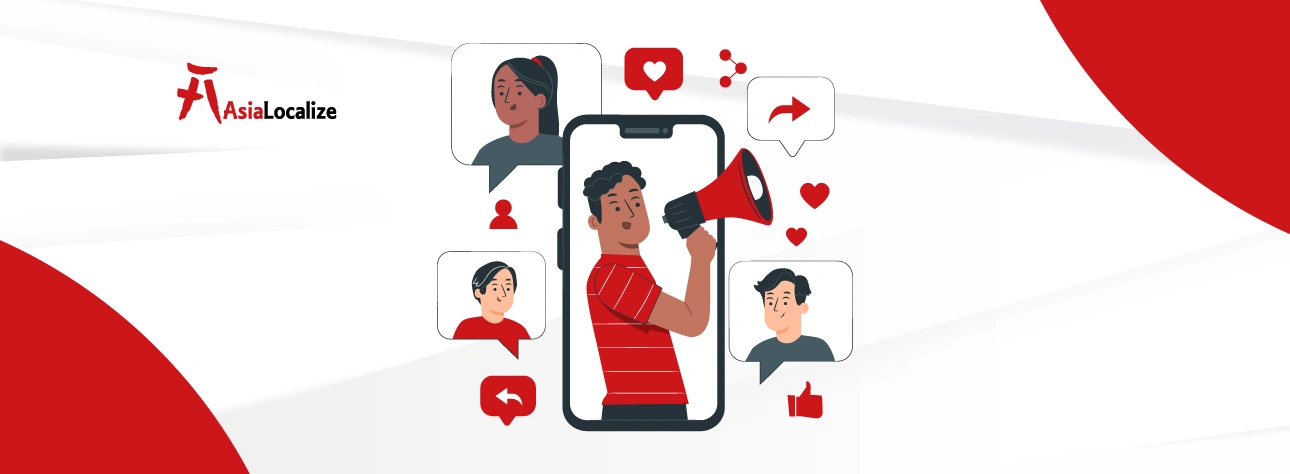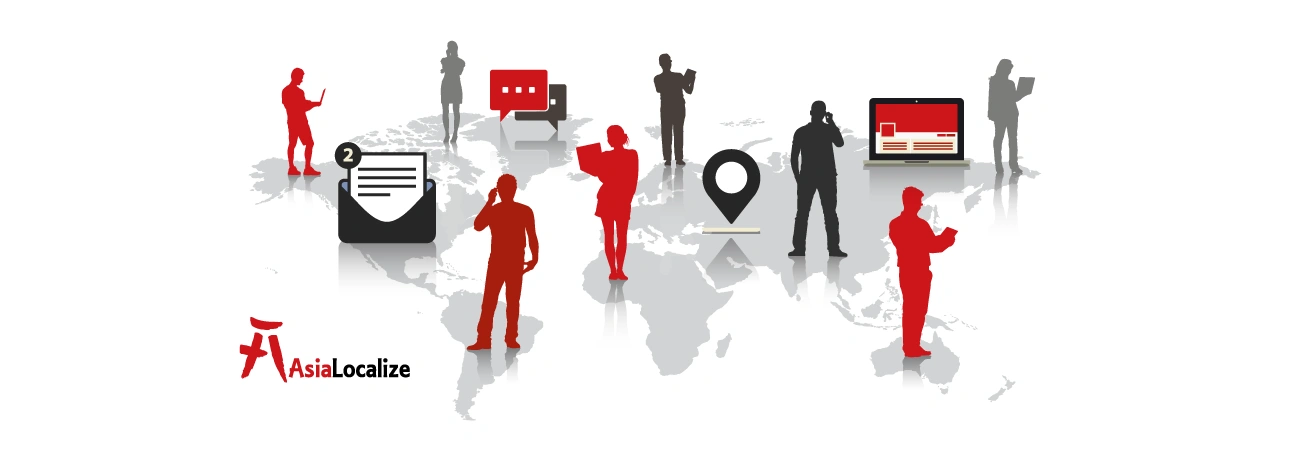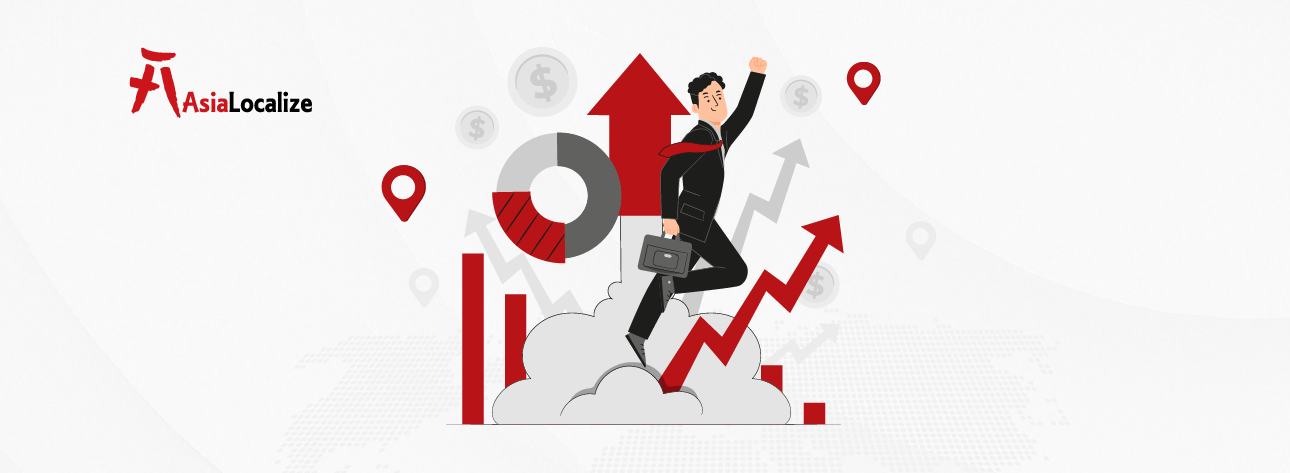Life science examines the existence of living organisms including human beings, plants, animals, and microorganisms. On this account, the life science industry is all about improving the life of all living beings. It’s the umbrella term where biotechnology, pharmaceuticals, biomedical technologies, cosmeceuticals, nutraceuticals, biophysics, neuroscience, and more fall under.
A core and central element of life sciences is healthcare services, which aim to provide priceless value for patients worldwide, and most importantly, to save lives and improve the quality of life. And that’s why a word utterly matters in the life science translation! Imagine what can go wrong when pharmaceutical companies or medical and clinical research centers (for example) count on inaccurate life science translations!
They can endanger the lives of millions. Consequently, there is no room for mistranslations when dealing with this type of translation. In the life science industry, translations should exceed all expectations in terms of quality.
Here, AsiaLocalize discusses life science translation in a five-minute article. Undoubtlessly, it’s not enough for us to dive into all the topic’s details, but it’s more than enough to help you form a solid idea about this crucial topic.
Key Types of Life Science Translation
Life science translation handles all documentation related to medicines and medico-technical equipment. So, naturally and consequently, many document types fall under the scope of life science translation. However, in this section, we’ll focus on the most common and requested in the industry.
Medical Report Translation
Medical reports involve any data related to the treatment and current status of patients, including diagnostic reports, scan results, and hospital release notes and discharge documents. In a global world with an increasingly diverse array of immigrants in all parts of the world, it’s become imperative to translate these documents.
But they are the kind of documentation that can put lives in danger if translated unprofessionally. That’s why the presence of an expert specialized language provider is critical when handling such sensitive documents.
Informed Consent Form Translation
Informed consent forms are the documents that patients receive to be signed and approved before undergoing any treatment or procedure. They’re routine documentation handled to all patients during treatment processes and before medical research and other clinical trials. In this document translation type, you can see that the challenge lies in constructing translations that follow the natural patterns of medical terminology high standards and at the same time click with the patients’ mindsets to meet their level of education.
Medical Devices & Manuals Translation/Localization
Clearly, this is intended for medical devices to go international. They’re supposed to bridge language and culture barriers since they serve the global community as a solution for better health and quality of life.
Let’s face some facts: translating and localizing these tools and their manuals are a must to meet the standards of different audiences, medical experts or patients, to provide them with all needed instructions on how to utilize them ideally. This isn’t just about language support. Beyond the linguistic aspect, there’s a technical dimension to ensure an adapted UI that functions properly and a user-friendly UX that makes it easy to use and navigate.
It’s a challenging equation to pull off as a medical device company; it’s all about arming yourself with an ISO 9001 certified translation/localization company, which can turn the odds in your favor by providing you with expert medical translation services.
Pharmaceutical Label Translation/Localization
The same applies to pharmaceutical labeling they have to be clear enough to be well interpreted by patients at home or in different healthcare facilities. Accordingly, localization is everything when discussing the importance of accuracy and precision in such a life-matter sector. Dealing with pharmaceutical label translation/localization poses challenges for any linguist since the translation end result should show technical accuracy and simplicity at the same time, to be well consumed by patients of any education level. Also, the label design could be another challenge, especially with different language combinations in terms of style.
Best Practices of Life Science Translation
Getting accurate life science translation services depends on the undertaking of tested and trusted methods. Methods that have been implemented by professional life science translation companies over the years and allowed many companies specialized in life science to reach their global goal. So, in this section, we’ll jump into life science translation’s best practices to help you comprehend the process towards a trustworthy life science translation.
Precise Source Documentation & Efficient Communications
Precise source documentation opens the way for accurate, high-quality translation projects. No way you’ll get reliable translation depending on wrong or inaccurate data. And, in the life science sector, we’re talking about data related to medicine and medical devices. So, any mistake, as we said before, will lead to more than just inaccurate translation. In the presence of a tiny error, you’ll pay surcharges to reroute your project to the right path in the best scenario. In the worst scenario, you may harm people’s lives and face legal consequences. Also, efficiency is required when dealing with back and forth communications in translation projects. Accordingly, any reputable translation company will make sure to start where you stand by listening and understanding all your needs, requirements, and even your expectations to move consciously during the whole journey.
Subject-Matter, Native Experts
Working hand-in-hand with a reputable language provider will ensure you access to native linguists possessing a high level of subject-matter expertise and a supportive, skillful project management team. It’s worth noting that in this field, nativeness in the target language is a must to get life science documentation complying with the target locale’s laws and regulations. Also, translators who work in their mother tongue are acquainted with the complexities of the target language and local bureaucracy, which will benefit your project directly by speeding up the whole process.
A Translation Management System
There is no denying the power of translation management systems. TMS comes with beneficial features for your project, including optimized workflows, CAT tools that can change the whole experience to be in your favor, and the project management and administration tools that monitor and manage the project end-to-end and support you along the way. It’s noteworthy that CAT tools construct a specific glossary for each industry and company to provide consistency. And one of the essential CAT tools is translation memories, which reduce expenses and turnaround time.
Back Translation
Expert language providers use back translation to ensure accurate translations, especially in the medical industry. So, what is a back translation? It’s translating the translated text back into the source language to find any inaccuracies or imprecise interpretations. Moving back and forth between the source and target texts and comparing them can save projects from unseen definite mistranslations in such a life-and-death industry. P.S: The translator who works on back-translation can’t be related to the initial translation team and should have no prior knowledge of the source text.

Cognitive Debriefing
Cognitive Debriefing is one of the most crucial practices in the life science sector. It’s the process in which a translated patient questionnaire is tested on some representatives of the target audience (same language and location) to guarantee the success and validation of the translation in terms of content and contextual relevance.
Long-Term Partnerships
Long-term partnerships and working with one translation and localization company can save both time and money. Translation memories and familiarity with your company’s processes and products are some of the pros of long-term business relationships with one language service provider. These companies build company-specific terms and glossaries, use optimized and automated processes and workflows, and deliver more streamlined translation efforts. With all that being said, you can see that life science translation can be a real challenge, which requires following strict procedures and sticking to high standards to comply with the agreed-upon laws and regulations and the intricate nature of this industry. So, in order to get well-armed against any expected/unexpected obstacles towards reliable translations, you should invest in professional efforts. These efforts should incorporate all right assets to achieve the expected translation standards, including advanced tools and subject-matter language experts. At AsiaLocalize, we equip you with cutting-edge technology tools and the best of the best linguists who are specialized in the required language pair and have a medical background to provide you with first-rate life science translation services. From medical patents and brochures to protocol and case report forms, we’ve got your back.






